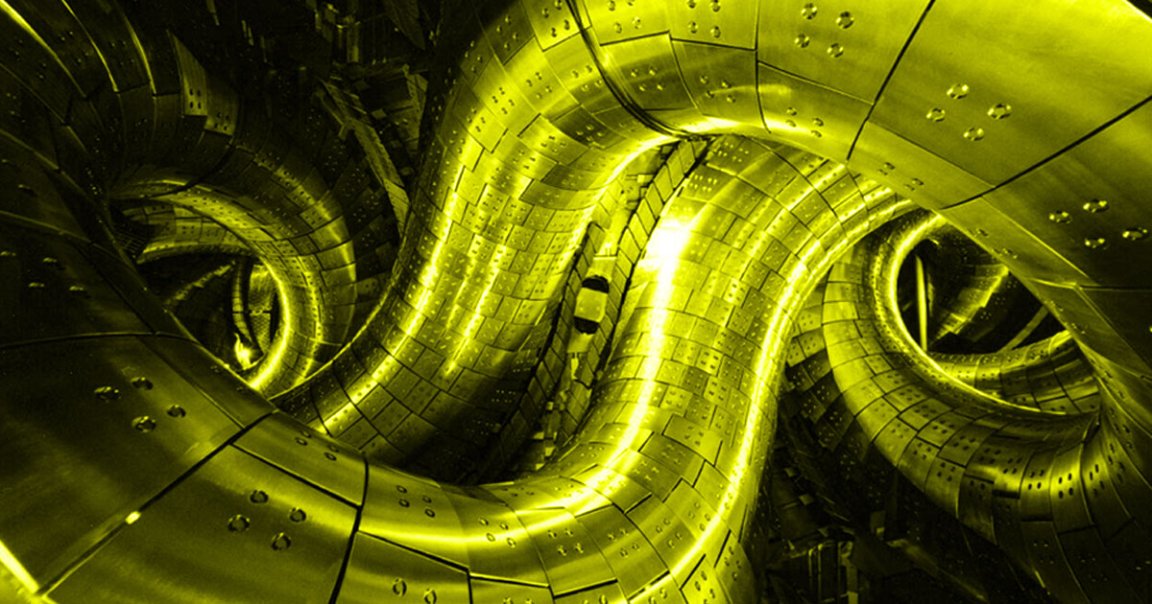
Under The Hood
As scientists try to ramp up nuclear fusion reactors, they’ll need better ways to monitor and diagnose the volatile reactions.
Current diagnostic systems aren’t strong enough to survive industrial-scale reactions like what might occur at ITER, the experimental facility currently being built in France, according to a Princeton Plasma Physics Laboratory press release. So a team of PPPL scientists developed a new conceptual technique to monitor and track reactions happening at larger scales than ever before so that unstable plasma can be spotted and dealt with before it becomes a problem.
Kicking The Tires
The new technique relies on data from what’s called an electron cyclotron emission (ECE), according to research published in the journal Plasma Physics and Controlled Fusion last month, which would give fusion physicists crucial information on a reaction’s temperature, stability, and the behavior of the spiraling magnetic field that contains the reactor’s plasma fuel.
In upcoming tests, the scientists will determine whether the ECE technique actually provides them with the information that they need. If it works out, the new trick could replace existing systems that are too easily damaged by more powerful reactions.
READ MORE: Discovered: A new way to measure the stability of next-generation magnetic fusion devices [PPPL via Phys.org]
More on fusion: Scientists Discovered a New Way to Stabilize Fusion Reactions